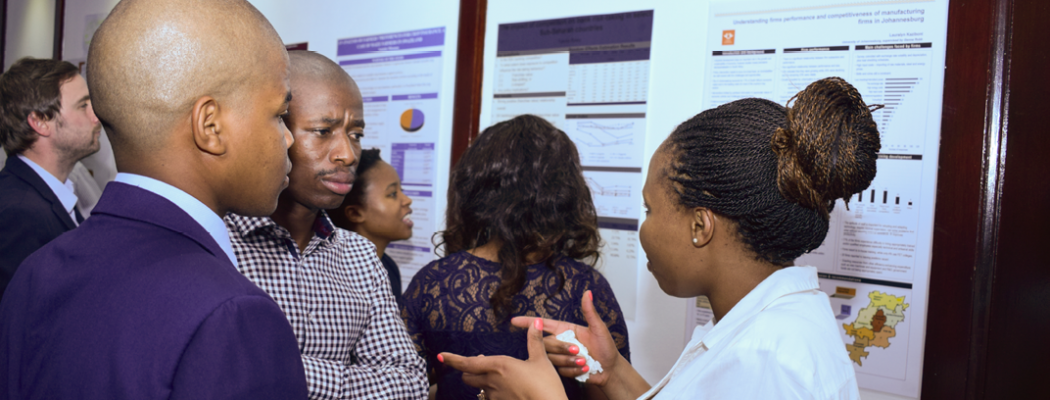Tax-motivated transfer mispricing in South Africa: Direct evidence using transaction data
Abstract:
This paper provides the first direct systematic evidence of profit shifting through transfer mispricing in a developing country. Using South African transaction-level customs data, I directly test for transfer price deviations from arm’s-length pricing. I find that multinational firms in South Africa manipulate transfer prices in order to shift taxable profits to low-tax countries. The estimated tax loss is 0.5 per cent of corporate tax payments. My estimates do not support the common belief that transfer mispricing in South Africa is more severe than in advanced economies. I find that an OECD-recommended reform had no long-term impact on transfer mispricing but argue that the method used in this paper provides a cost-efficient way to curb transfer mispricing.
Multinational enterprises (MNEs) can lower their global tax bill by shifting their earnings from affiliates in high-tax countries to those in low-tax countries—a phenomenon known as ‘profit shifting’. In a remarkable consensus, international organizations agree that profit shifting is a particular problem in developing countries, which lack institutional capacity and rely heavily on corporate tax revenue. However, credible profit-shifting estimates for developing countries are in short supply, leaving room for much speculation.
Globally, policy makers are ready to act. Following a G20-mandated report by the OECD, more than 110 jurisdictions have embraced the OECD’s recommended ‘action points’ on how to curb profit shifting. While popular among governments, critics maintain that these action points are insufficient and particularly insufficient in developing country settings.
In this paper, I contribute to the existing body of knowledge in two ways. First, I provide direct systematic evidence of profit shifting in a developing country. Second, I evaluate the effect of an OECD-recommended reform in a developing country. One channel of profit shifting is transfer mispricing. That is, firms can reduce their tax bill by applying a high price on items flowing from affiliates in low-tax countries to affiliates in high-tax countries, and vice versa. This erodes the profits in the high-tax affiliate, which is paying the high price, but equally increases the profits in the low-tax affiliate, which is receiving the high price.
Legally firms are supposed to use ‘arm’s-length pricing’ when transacting internally. That is, firms should set prices internally ‘as if’ they were trading with an external party. However, following the standard Allingham–Sandmo model (1972), firms may choose to deviate from arm’s-length pricing absent frequent audits. Furthermore, even when audited, the OECD admits that ‘transfer pricing is not an exact science’ (OECD 2010: 2) and this uncertainty leaves room for firms to produce convincing arm’s-length price benchmarks in their favour. All in all, the actual enforcement of arm’s-length pricing requires substantial administrative resources and a common hypothesis is that tax authorities in developing countries do not have these resources. The main contribution of this paper is to test this hypothesis by providing direct systematic evidence of transfer mispricing in a developing country. This has not previously been possible due to data constraints.

